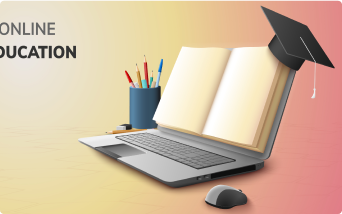
27+
Awards

1000+
Students

100+
Staff
Some Frequent Questions
The college primarily offers Bachelor of Physical Education (B.P.Ed) and Master of Physical Education (M.P.Ed) programs. These courses focus on developing professional skills in teaching, coaching, fitness, and sports sciences.
For B.P.Ed, candidates must have a Bachelor’s degree with at least 50% marks and must have participated in sports or physical activities recognized by the competent authority.
For M.P.Ed, candidates must possess a B.P.Ed degree with a minimum of 50% marks from a recognized university.
Admissions are usually conducted through the University of Kashmir or the Department of Higher Education, J&K. Candidates need to submit online applications as per the official notification, followed by physical fitness tests and document verification at the college.
The college provides state-of-the-art facilities for both indoor and outdoor games including football, cricket, volleyball, basketball, athletics, kabaddi, hockey, and badminton. It also has a gymnasium and fitness lab for strength and conditioning training.
Latest Notifications
Stay informed with the latest updates, events, and announcements from the Government College of Physical Education, Gadoora Ganderbal.





